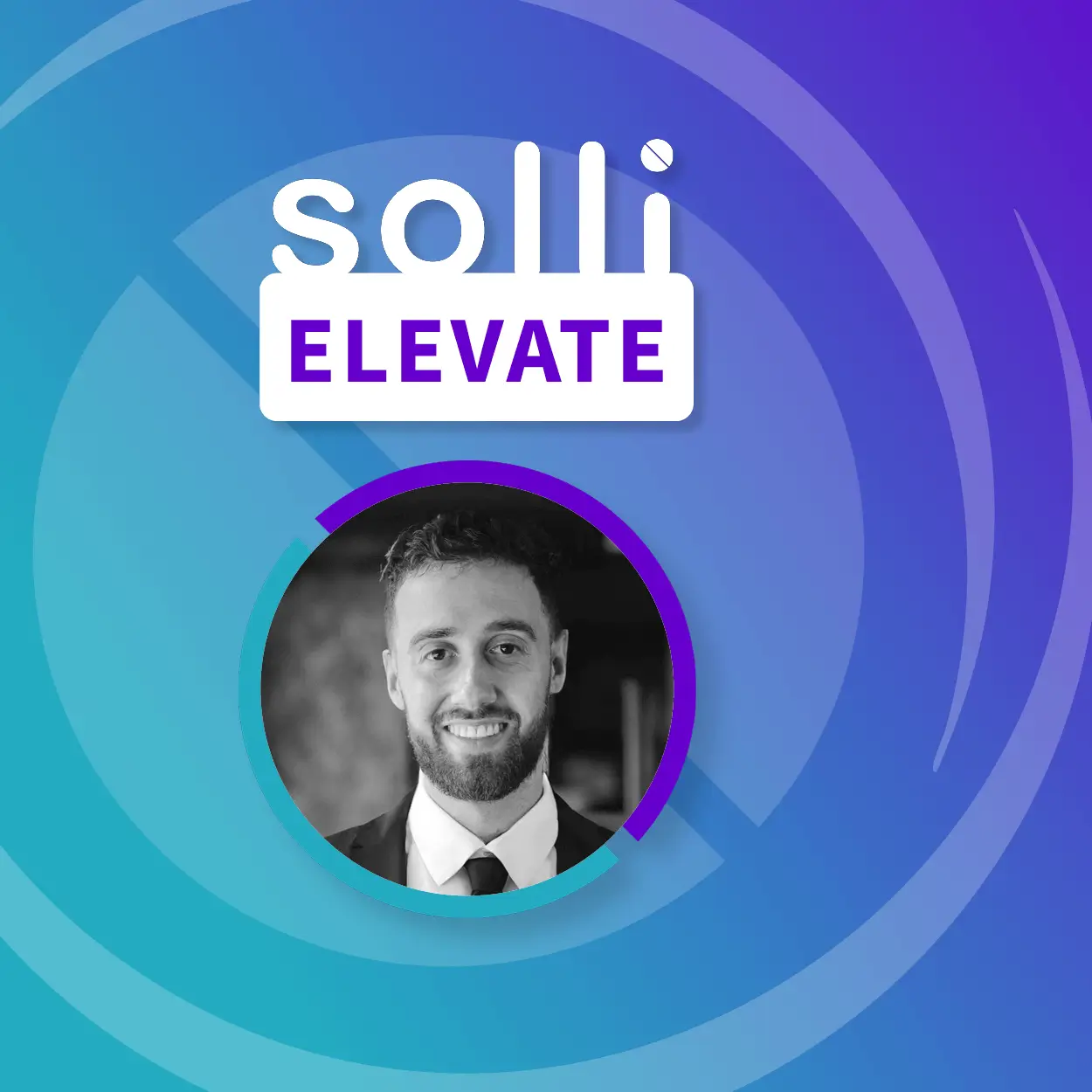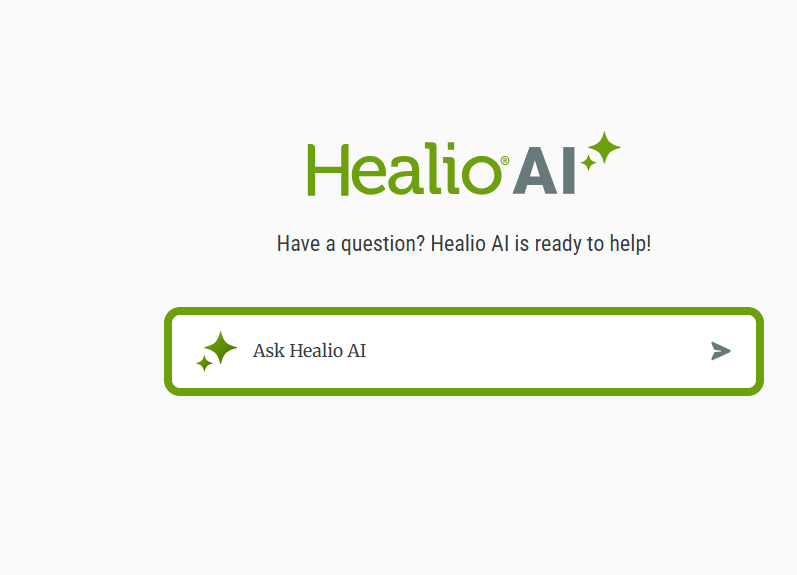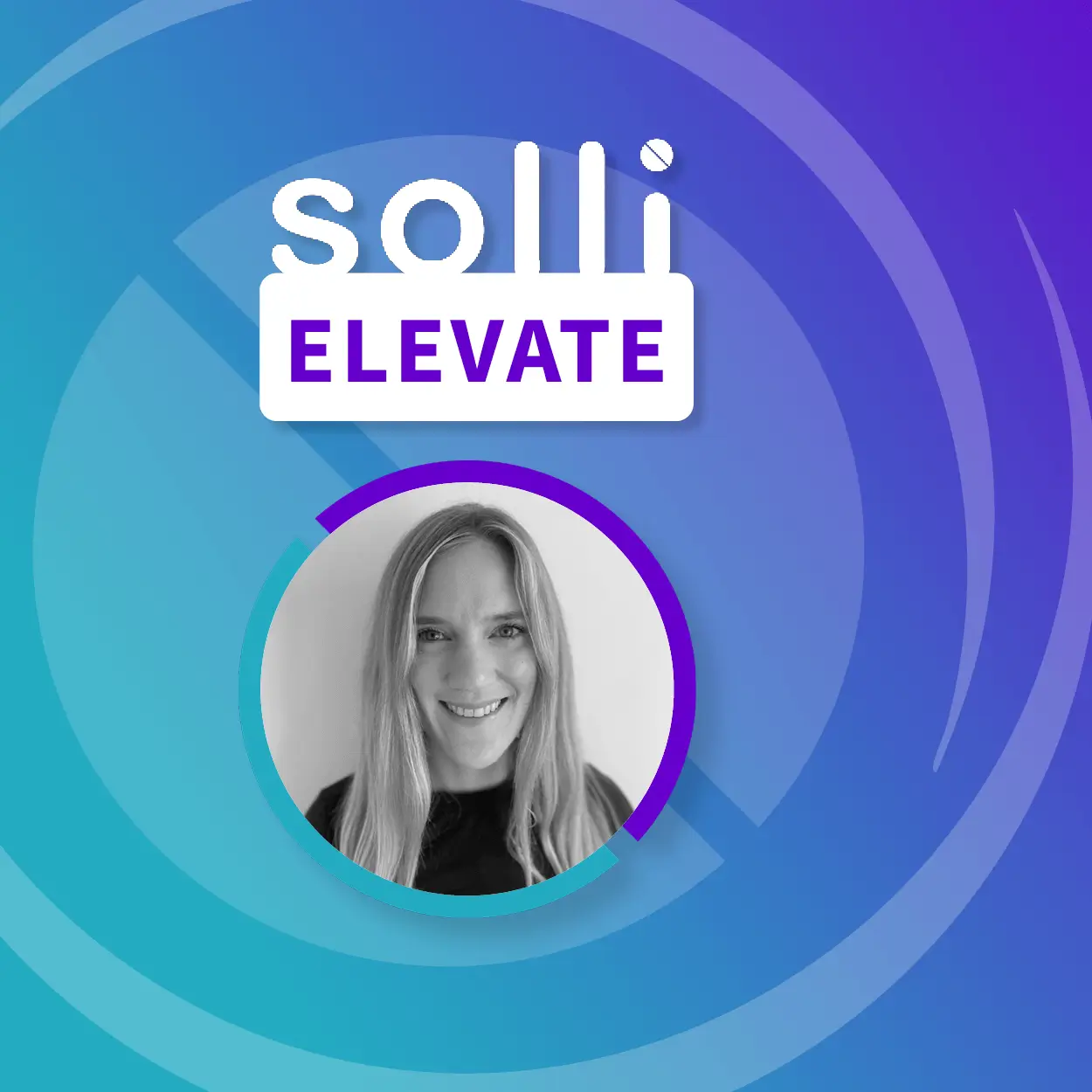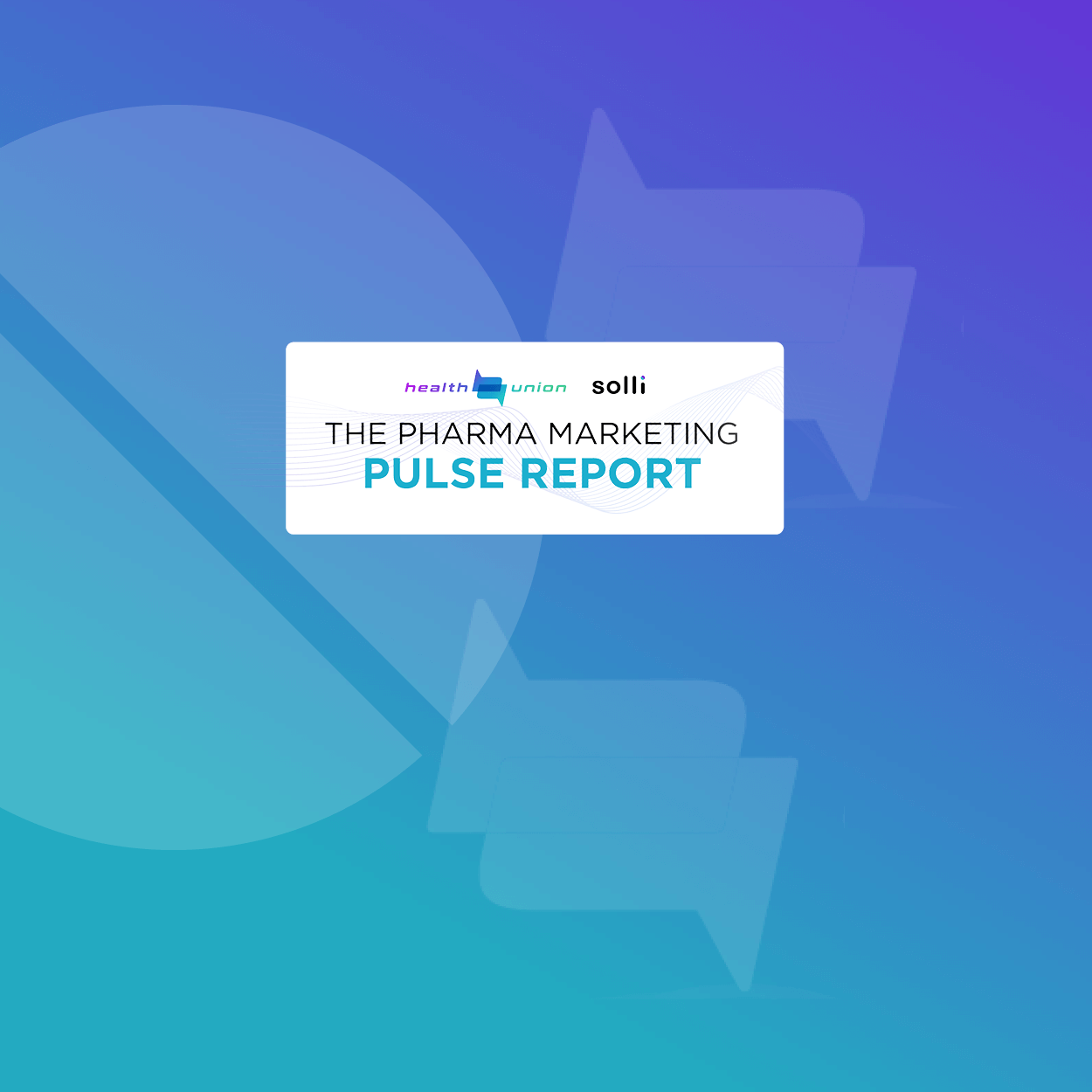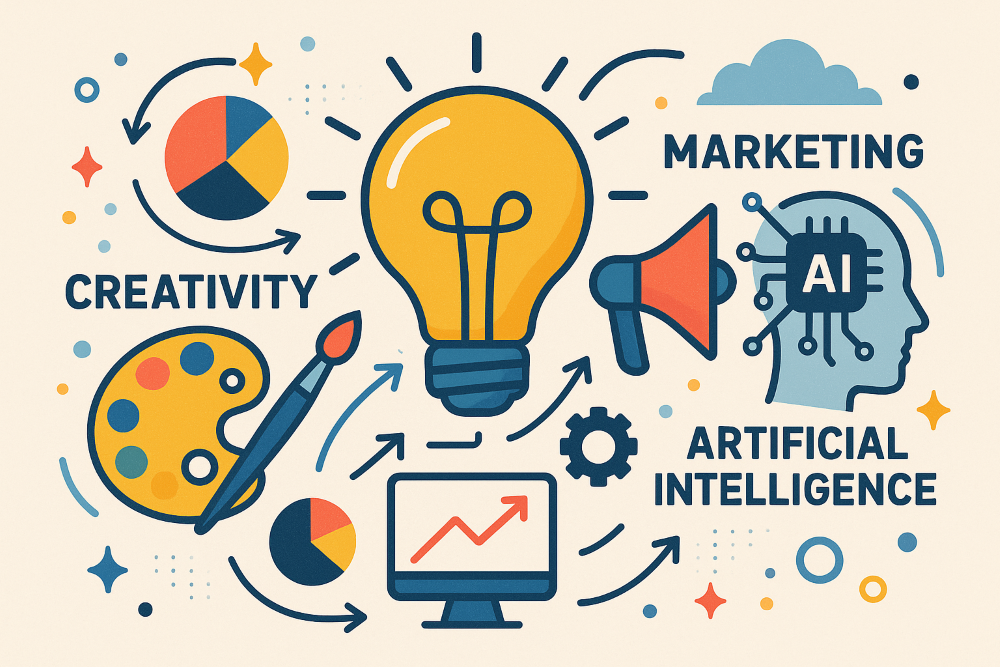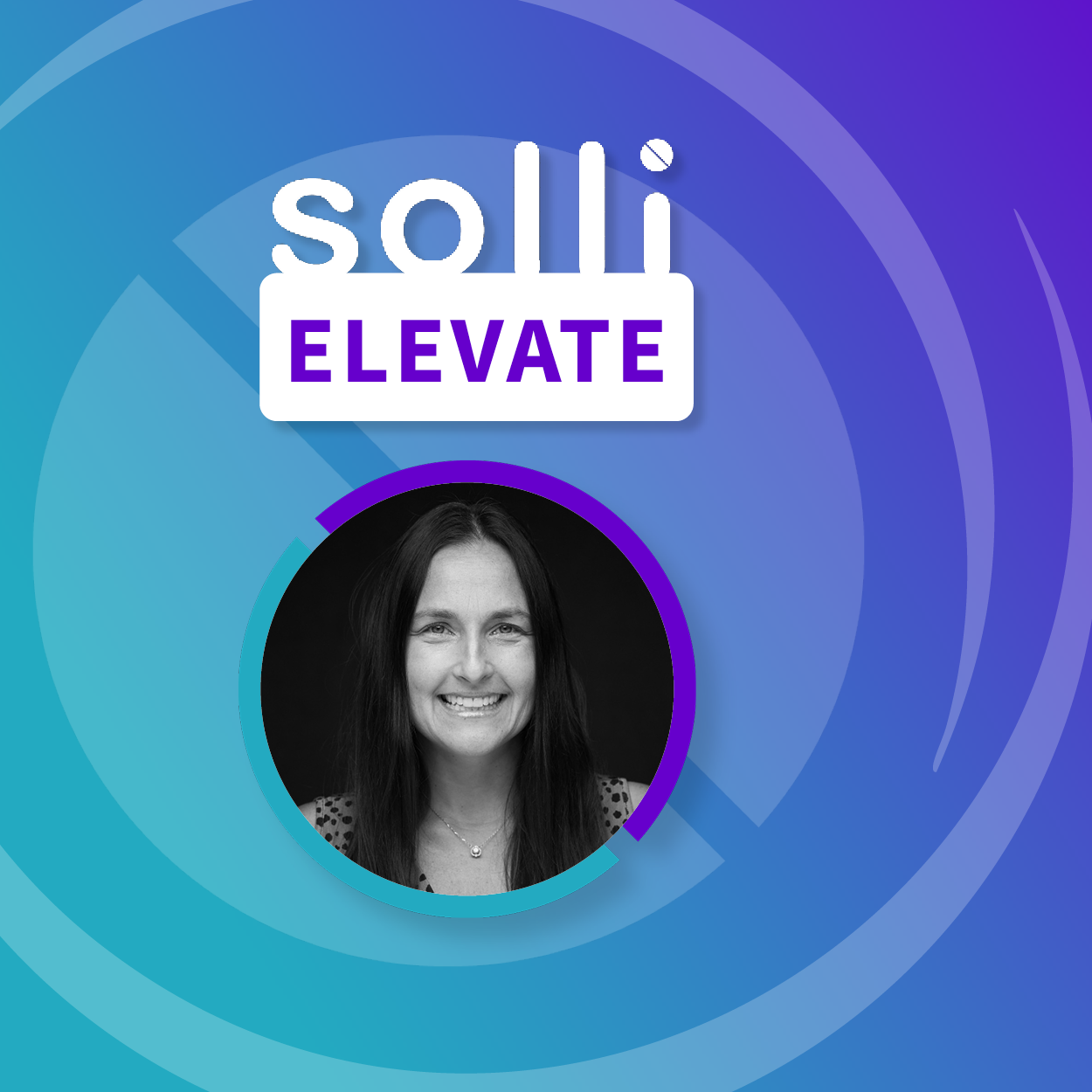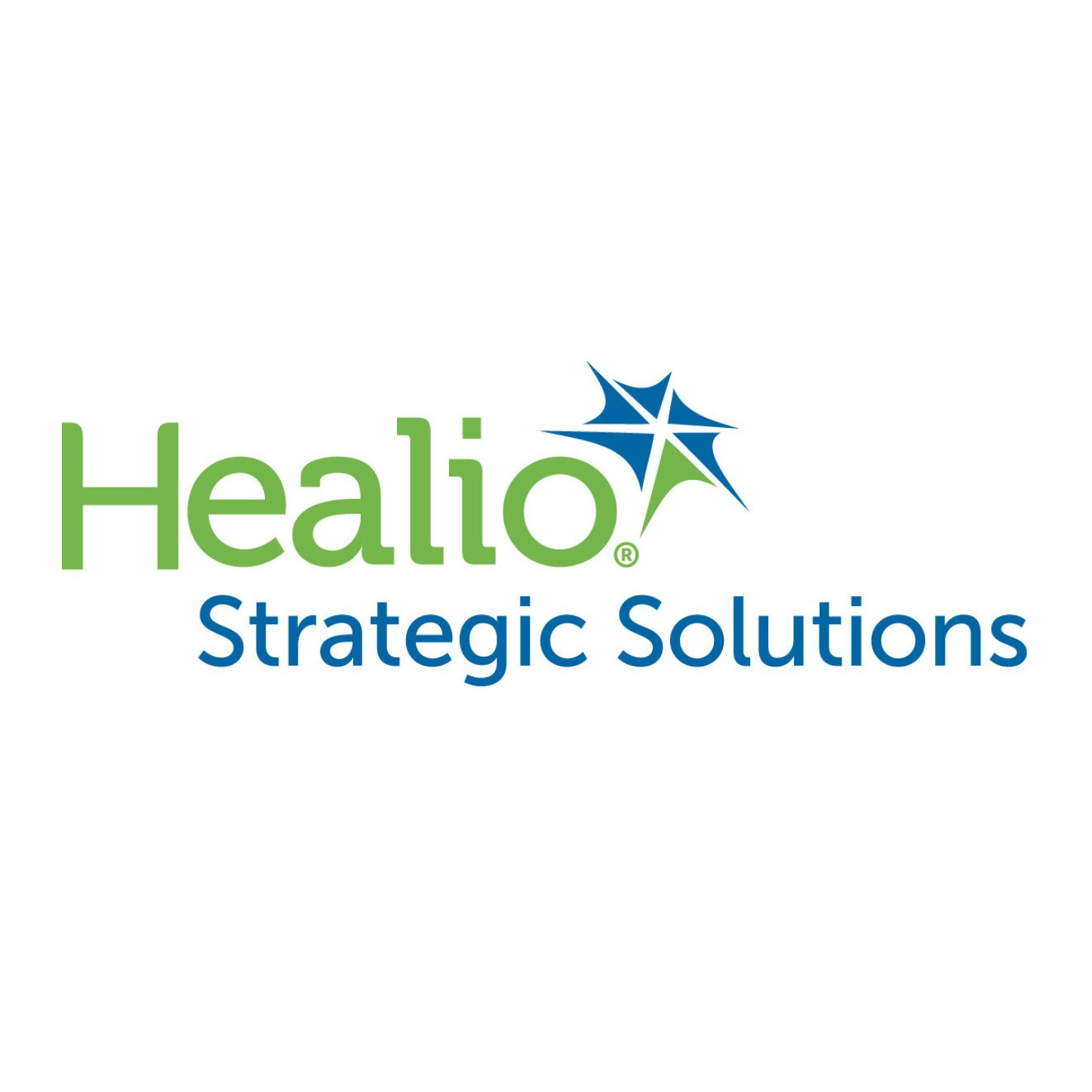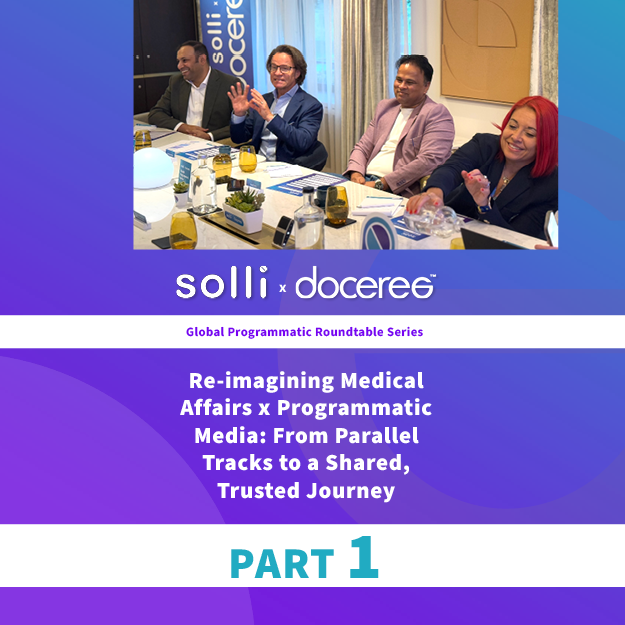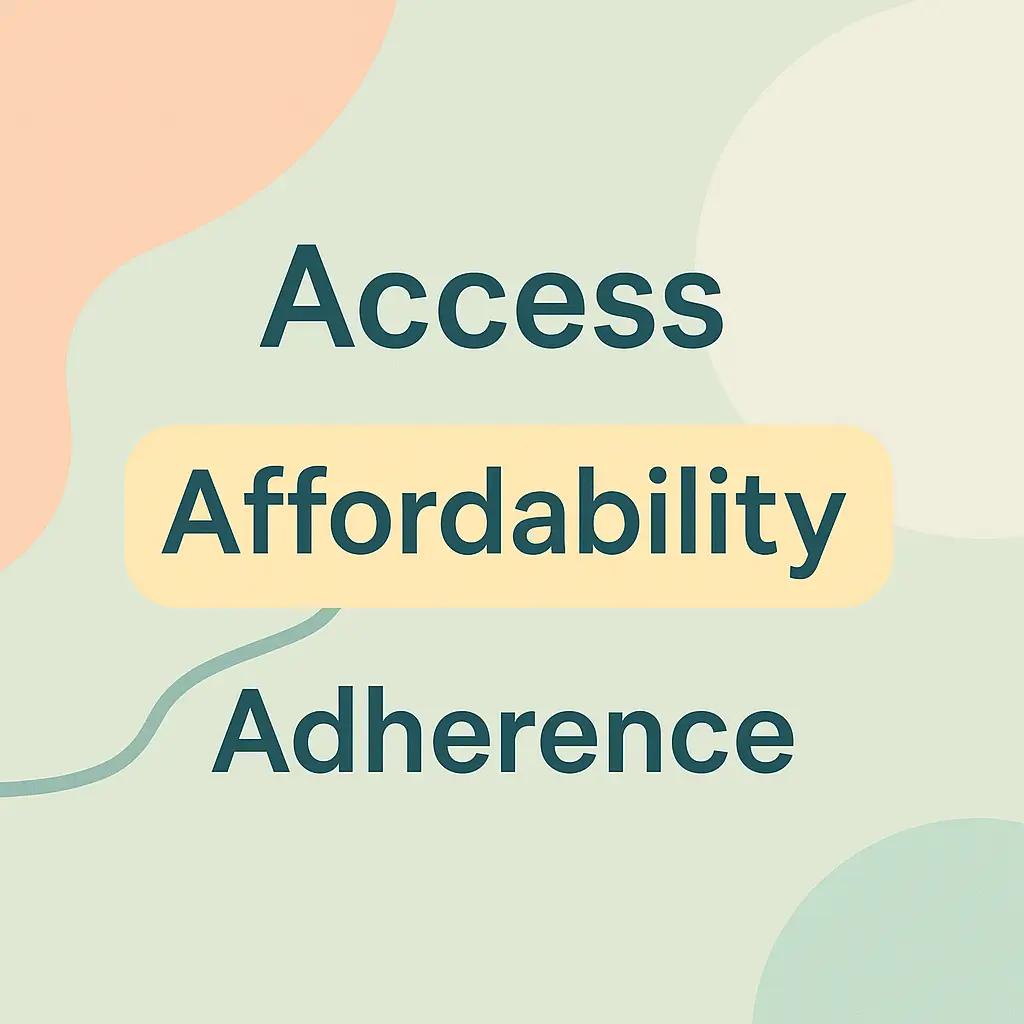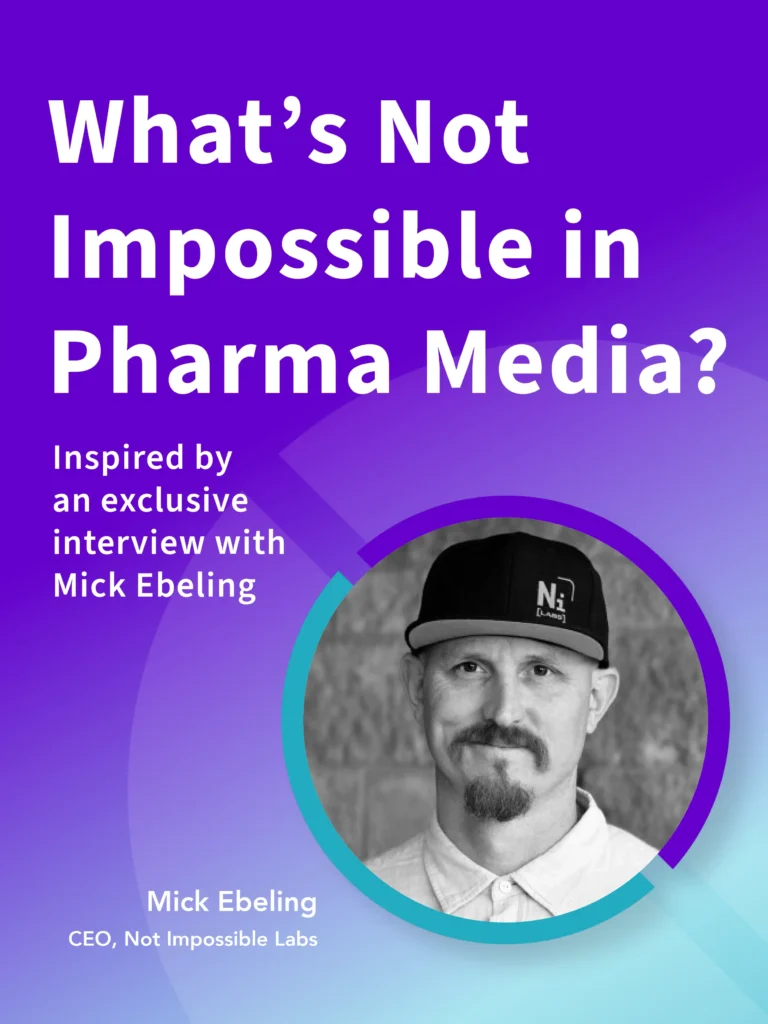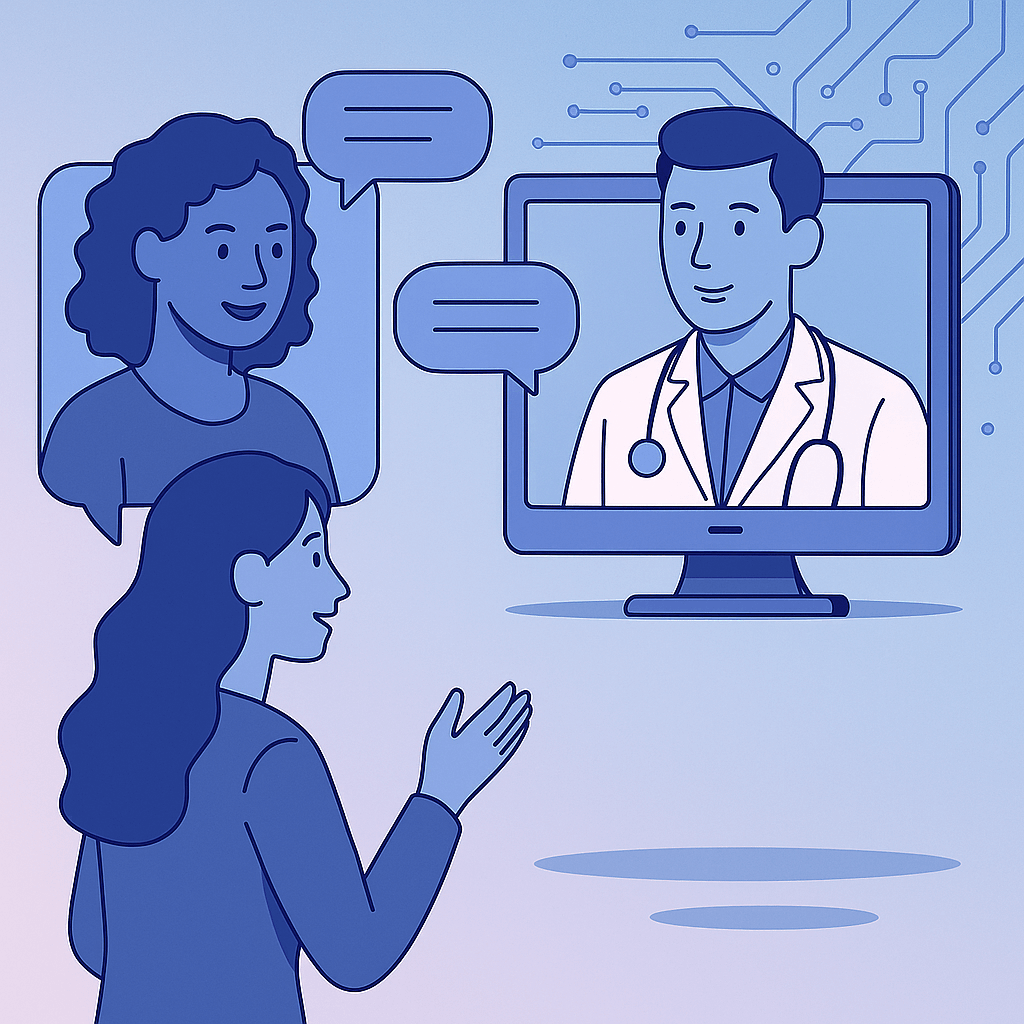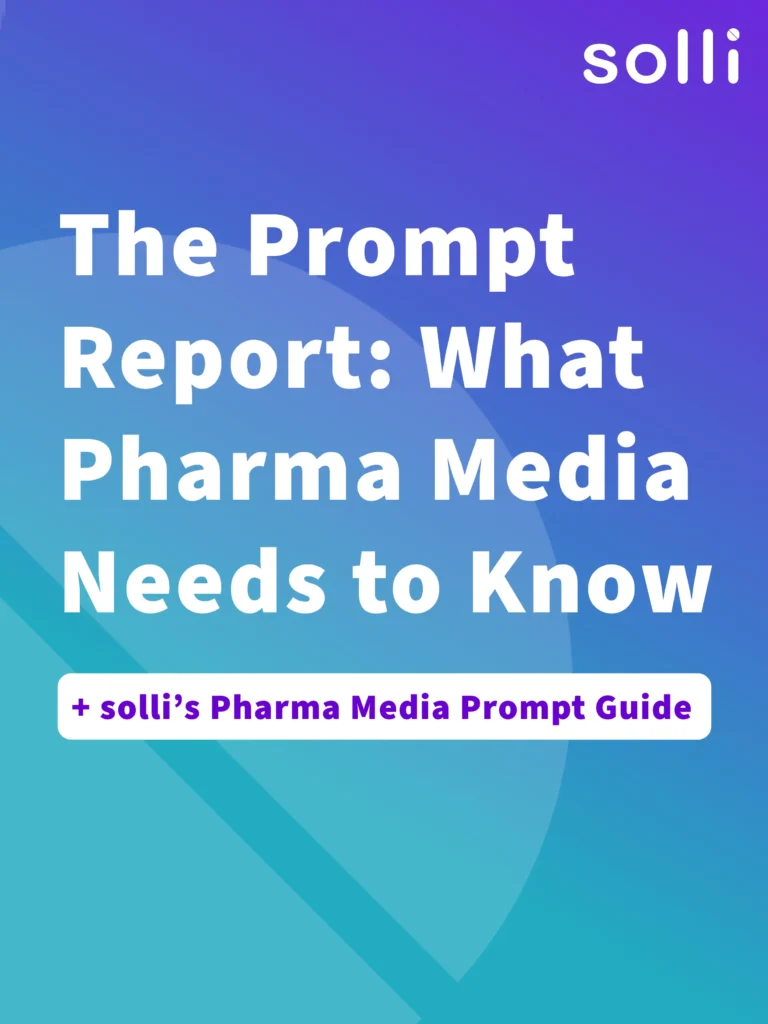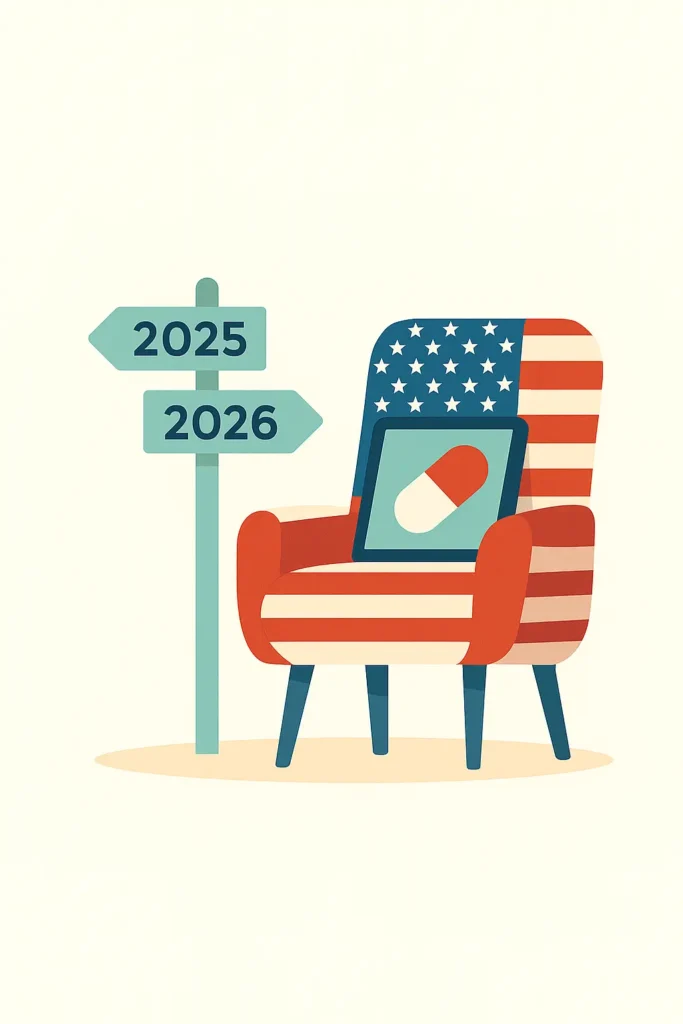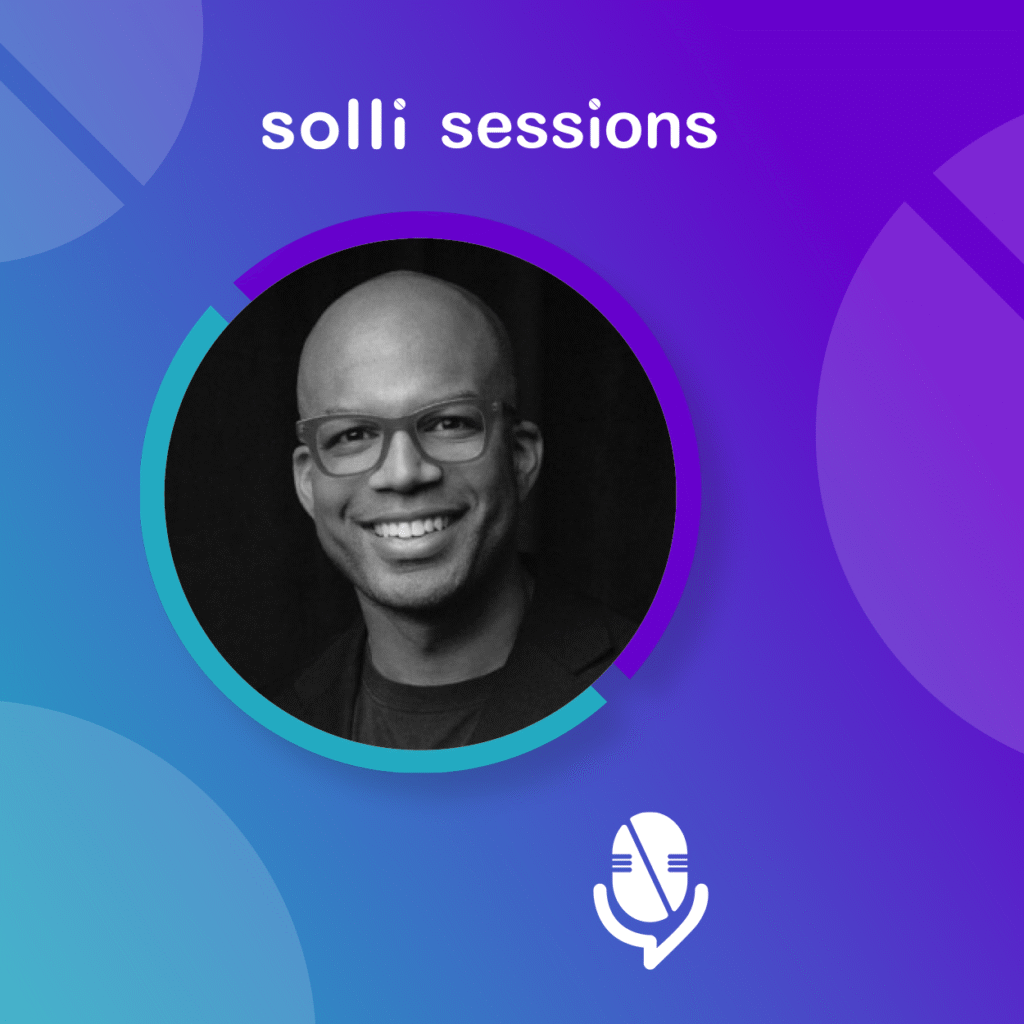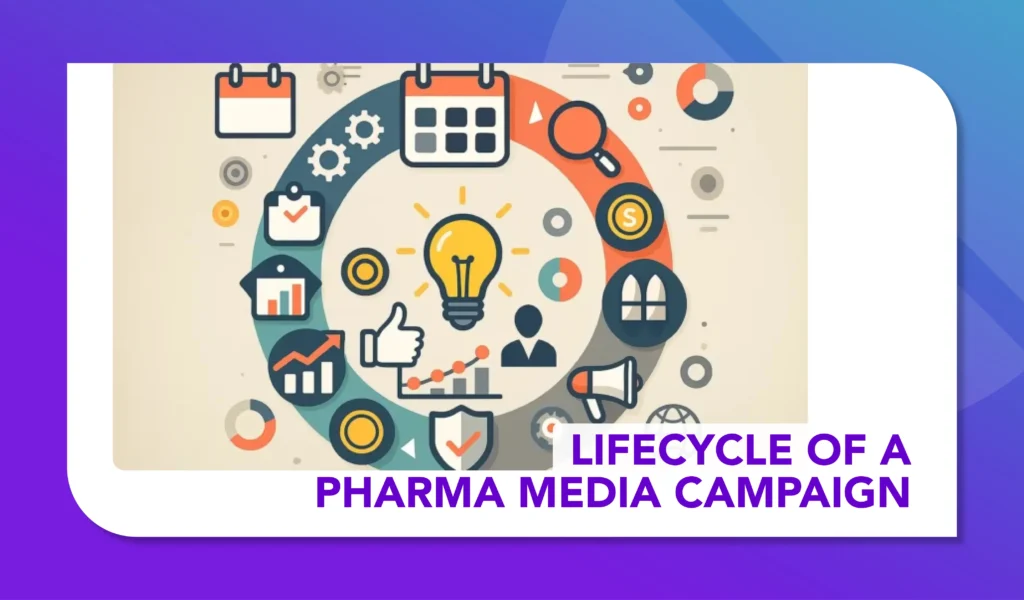Next Pharma Summit 2025: solli’s Summary
A dive into 3 key themes and 3 candid observations from this global pharma summit
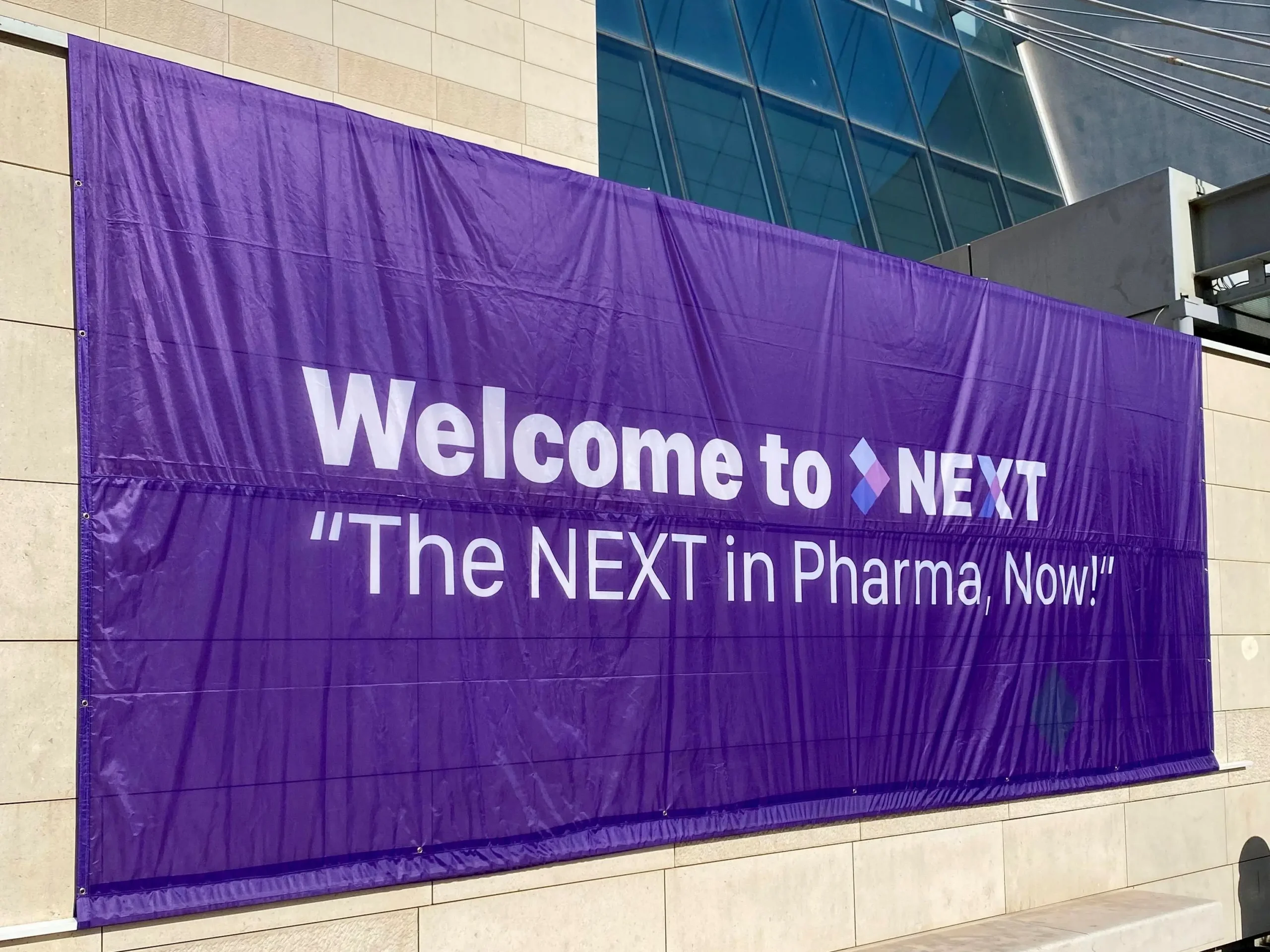
As a media partner of Next Pharma Summit 2025, solli arrived in Dubrovnik having heard glowing endorsements of the event – and we’re happy to report that it more than lived up to the hype.
In a crowded calendar of corporate conferences focused on the global (ex-US) pharma industry, Next stands out. It offered something rare in pharma: an atmosphere that was personal, informal, honest, and, importantly, less overtly corporate. There was an underlying tone of openness and energy throughout the two days that fostered deeper conversation and real engagement. Sessions were snappy and energetic, packing more content into a single agenda than many events manage over a full week.
We break down the three big themes, and three candid observations, that defined this year’s summit…
The Key Themes That Defined the Summit
1. AI – Practical, Positive, and Progressing
AI was everywhere. Either it was front and centre in session titles or gently bubbling under in panels that intentionally avoided giving it too much oxygen. Regardless of its placement, AI remained a persistent and urgent theme. What was especially encouraging was the shift from theoretical promise to practical, real-world case studies.
We saw examples across the board: from content development and drug discovery to next-best engagement strategies in marketing. These weren’t future visions they were current, implementable, and already demonstrating impact. It was encouraging to see AI tools applied in meaningful,...
Sign up for full access – it’s 100% free!
Create your FREE account to continue reading and explore more expert insights on Pharma Media.
✅ Free. Fast. No commitment.

